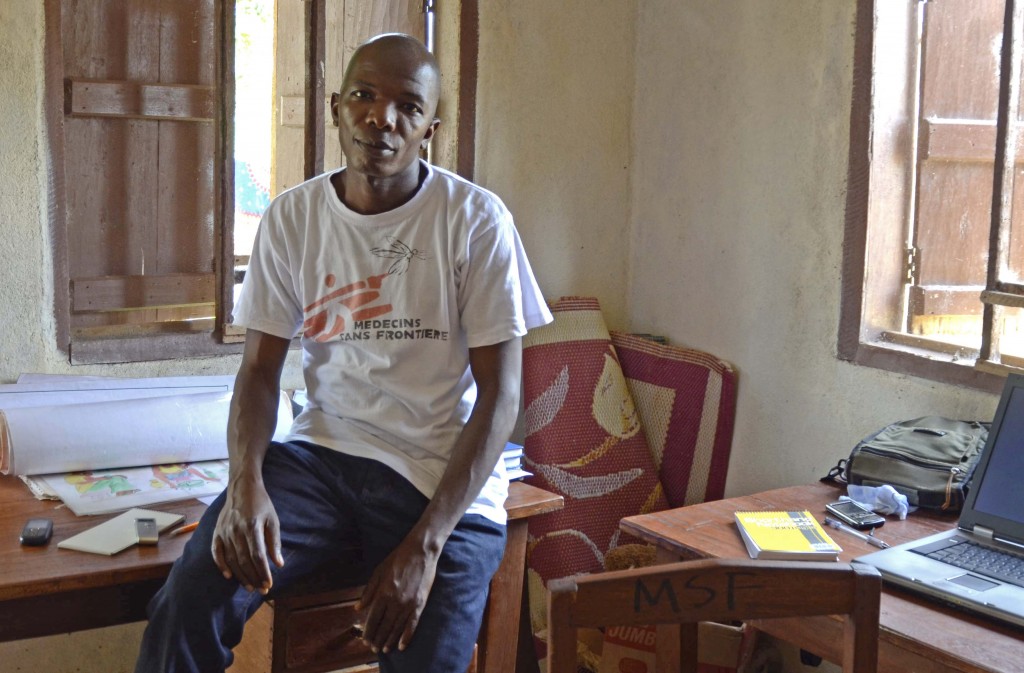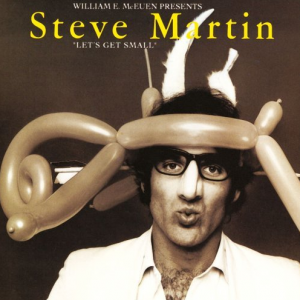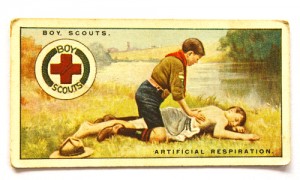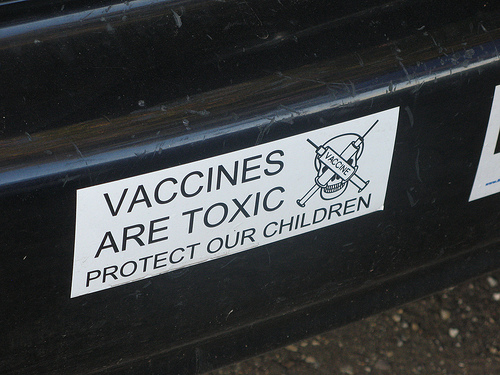
Last November, I spent the hottest hours of a West African afternoon camped outside Tamba Aruna’s office. He’s a slight, soft-spoken man who listens to the sorrows of others each day. His job – mental health supervisor at the emergency clinic operated by Doctors without Borders (or MSF) in Sierra Leone – makes Aruna a hard man to catch. When he found me at his office, he told me the latest. An eight-year-old had signs of Lassa Fever, a potentially lethal hemorrhagic disease that can spread from person-to-person through various bloody excretions. Aruna had been comforting the patient’s mother, and asking her to leave her child at the hospital until the results from the diagnostic test for Lassa returned from a laboratory in a neighboring town. The mother refused. Aruna leaned back against his wooden office desk and said softly, “These are the difficulties.” Continue reading



 I clipped this correction the day it appeared in the Times and pinned it to my cork bulletin board. This was a long time ago, so I can’t be sure what I was thinking. Most likely I found this assemblage of absurdly small numbers to be comical: the fastidious precision of science meeting its match in the finicky precision of the Paper of Record. What I do know for sure is that at the time I didn’t fully appreciate just how fastidious quantum mechanics is.
I clipped this correction the day it appeared in the Times and pinned it to my cork bulletin board. This was a long time ago, so I can’t be sure what I was thinking. Most likely I found this assemblage of absurdly small numbers to be comical: the fastidious precision of science meeting its match in the finicky precision of the Paper of Record. What I do know for sure is that at the time I didn’t fully appreciate just how fastidious quantum mechanics is. 

